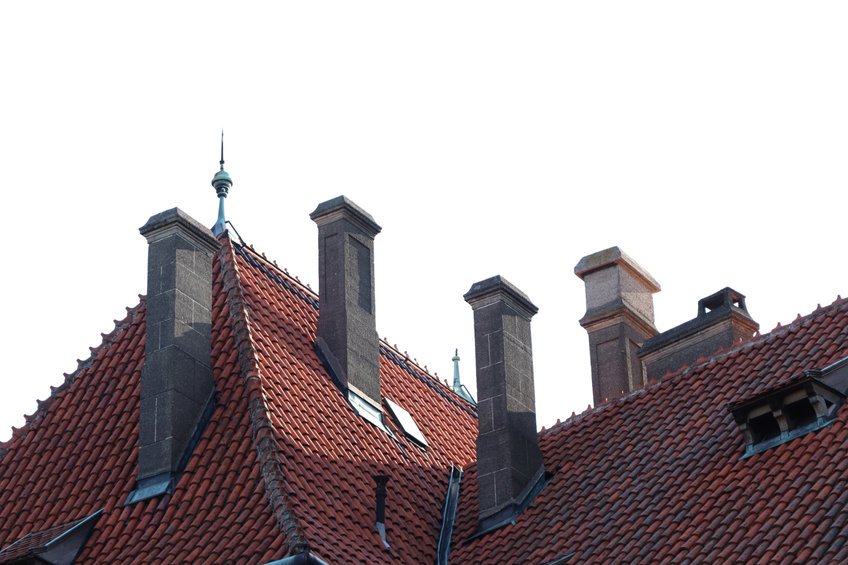First: Understand How Hard it is
It is always important to think before you act to avoid unexpected outcomes based on an uninformed decision. Not only could you be injured in the process, but you could also cause extensive damage to your home.

Are You Dealing With Damaged or Cracked Brickwork?
Exposed chimney masonry is prone to erosion and could result in small patches of outer brickwork dropping off. Small cracks could also develop between rendered stacks when the chimney masonry repeatedly heats and cools. This could lead to water penetration and freezing which eventually loses the render. Another cause of damage is chemical erosion caused by acidic gases coming from inside the flue. The resulting gaps in joints allow toxic fumes and gases to enter the house. This can turn out to be dangerous if the flue liner was not fitted first before installing gas fires as it creates the source of deadly carbon monoxide.
How to Repair Damaged Chimney Brickwork
Step 1: Start by removing any brick or stonework that is severely damaged. All the removed pieces need to be replaced with new ones. However, the odd ‘spalled’ brick in the stack is not necessarily an issue to be concerned about.
Step 2: Repoint any old mortar joints that were badly eroded. This action helps strengthen the rendered stacks and keep the bricks together.
Step 3: The stack might need to be taken down in extreme cases where erosion or cracking increases the risk of structural problems. In such scenarios, it needs to be taken down and rebuilt with a sulphate-resistant mortar.
Step 4: You need to hack off defective render and make a good one with a fresh coating
Step 5: It is also important to install a flue liner to prevent internal erosion. Not only will this repair increase the life of your old chimney but also makes it more effective.
Fixing Leaning & Unstable Chimneys
It is common to have old chimneys leaning slightly towards one side. A structural engineer can always confirm whether your leaning chimney is beyond acceptable tolerances. This occurrence is because of persistent dampness, frost action on one of the sides, and external wind pressure. This condition is worsened by a chemical attack on the colder side inside the flue, causing uneven movement. Slimmer chimneys are generally at most risk if they were installed on the outer walls. Incompetent structural alterations can also cause the movement on rare occasions such as poorly undertaken loft conversions.
How to Deal With Leaning Chimneys
Step 1: Traditional ‘stay bars’ or stainless-steel straps can be used to stabilize stacks
Step 2: it would be necessary to perform a partial building if you are dealing with a severe leaning chimney. Alternatively, you may have to take down the stacks to below roof level or rebuild them entirely.
Step 3: Repoint the eroded mortar joints and install a flue liner to strengthen the stack. This can help prevent existing movement from getting worse in the future.
It is important to involve a chimney professional, especially if you are dealing with old chimneys. They not only have the experience but also use special equipment to repair the chimney. They can also advise whether you should repair or replace the entire chimney based on the extent of the damage. A chimney that is in good working condition is not only effective but also safe for everyone inside the house.
